Superstitious in the countryside: ten British farming superstitions
Bedknobs and broomsticks, eels and bees. Learn about ten farming superstitions in this Halloween blog.
Superstition has long been part of day-to-day rural life across the British Isles. In agricultural communities, people’s lives and well-being depended on bountiful harvests and healthy livestock (as they still do today), and so farmers would be vigilant for any signs of looming disaster, portents or auguries awful and auspicious.
When things soured (sometimes literally), historical farming communities and rural folk lacked the optics of modern science to determine the root cause. Instead, they would foot the blame at the door of the evil eye, decrying it as the work of witchcraft or devils, envious fairies, knots of eels, or even mildly offended bees.
Whether you’re reading this for Halloween or simply delving into folk history (which is our specialty), join us as we delve into ten farming superstitions found in the collections of The Museum of English Rural Life.

Superstition #1: broomstick superstitions
The notion that witches opted for brooms as their preferred mode of transport rose to prominence around the Lancashire Witch trials of 1612. However, older sources tell of witches travelling by more diverse means. These included (but were not limited to) pitchforks, plant stems, bowls, and even turning pig troughs into public transport.
Tradition dictated that brooms were particularly unlucky if purchased in May, as immortalised by the rhyme ‘buy a broom in May / sweep a friend away’. One to consider next time you think about some spring cleaning.
There were specific superstitions about stepping over brooms and placing brooms by doors. Some people believed that if a woman stepped over a broom before marriage, she would give birth to a child out of wedlock. Stories from Yorkshire’s history speak of mothers fearing for their daughters stepping over brooms and mischievous young boys purposefully leaving them in awkward places.
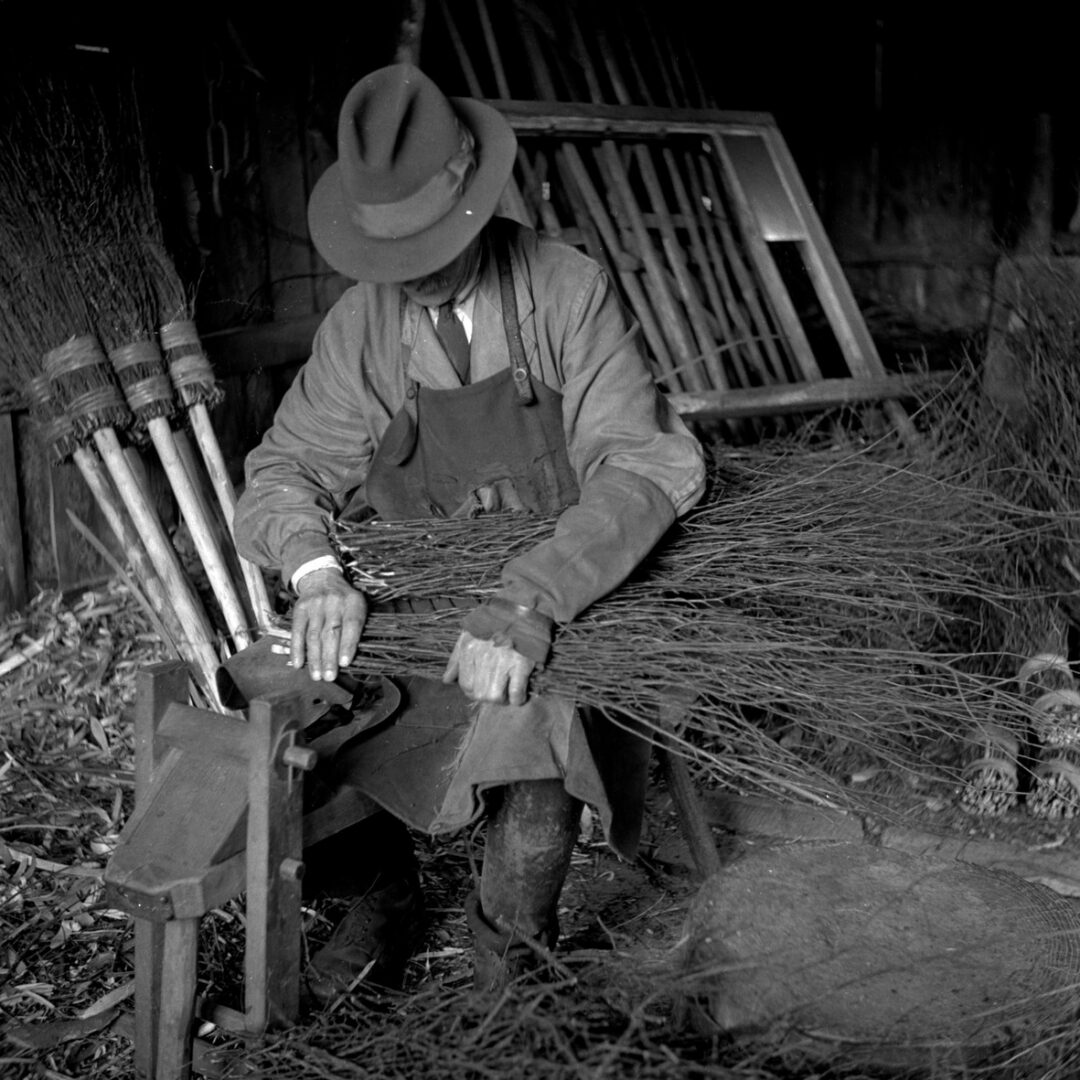
Did you know?
A broom placed across a doorway is not just a dangerous trip hazard, but also, it was believed, a sign of witchcraft. It was perceived to mean that either a witch lives inside the property or someone has been cursed. The person who picks up the broom is the witch, so if you want to avoid being accused of witchcraft by your friends, it’s best to simply kick the broom out of the way. Don’t say we didn’t warn you!
Superstition #2: black cats
In English history, no domestic animal has been the object of more superstitious glances than the black cat. Historically, though, this superstition has been riddled with contradictions. Many believe that black cats symbolise good luck rather than the presence of witches. At the same time, others thought crossing a black cat on your way to work meant you could get fired!
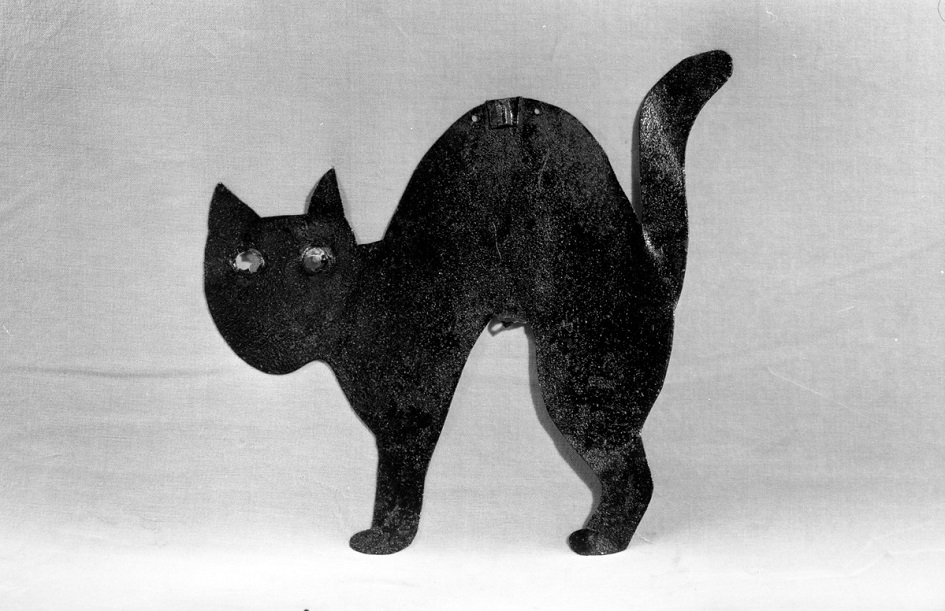
The link between cats and witches has become a cliché and a trope in popular culture. While witches were most often perceived to have cats as their familiars, they would also have mice, weasels, and toads.

Did you know?
Beware: dreaming of cats suggests someone is being spiteful towards you!
Superstition #3: the use of witch bottles
Should you need a counter-spell for a witch’s magic, your best option is what was known as a witch bottle. These were horrible homebrews that you would fill with nails, hair and even urine. When heated, this grim solution, as it simmered and brewed, would inflict immense pain on the witch afflicting you (as well as, presumably, the people around you). Any person looking to offset a witch’s ways must undertake this ritual in silence. You would use a small fire as your only light source and must block all the doors and windows to prevent a witch from breaking in and stopping the procedure.

Did you know?
Examples of witch bottles have been found in ditches, hearths and in the foundations of houses, which were felt to be an advantageous position for warding off evil spirits.
Superstition #4: mouse superstitions
Whilst absent in pharmacies today, mice were a popular ingredient in folk medicine and used for curing ailments such as whooping cough, bed wetting, sore throats, and fevers. They might be boiled, roasted, fried or (we kid you not) mixed with jam and served in a sandwich. We do not stock these in The MERL café today.
If mice infested a house in large numbers, it was considered bad luck, a sign of looming sickness, or even impending death. It was also bad news if they entered a bedroom, ran across a person’s body, or gnawed at clothes.
Tradition suggests that the best way to remove mice from your home is to politely explain their presence is inconvenient and ask if they might consider a different place to live. Perhaps your neighbour is getting a bit noisy? Maybe they’re leaving horrible witch bottles around, and it’s time for payback?
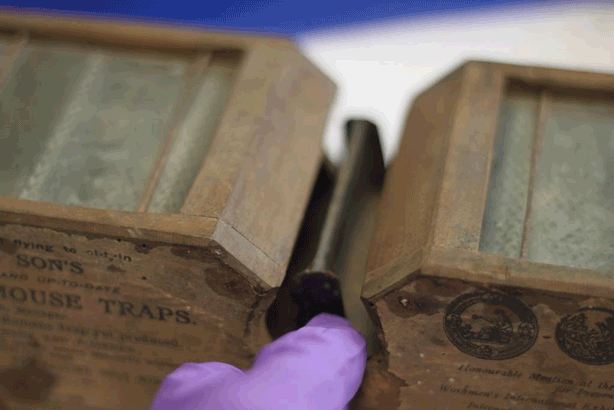
Did you know?
Several years ago, a mouse somehow managed to make its way into a humane mouse trap on display in The MERL, where it unfortunately died. This was a collection object, rather than a trap actively in use.
Superstition #5: dairying superstitions
Many natural issues can affect and even ruin the process of butter-making and dairying, and it would have been challenging for farmers to understand and offset the causes. Understandably, they felt they were instead the victims of malignant supernatural forces and opted for several magical precautions to fend off the evil eye.
Finding blood in milk or cows producing no milk at all would often result from poor hygiene or disease, but folk typically footed the blame at the work of a witch, using spells to steal milk’s goodness and make it impossible to churn into butter. The standard countercharm was for a farmer to plunge a red-hot poker into a churn.
Milk sours in thundery weather. To counter this, many farmers placed thunderstones on their windowsills. These were pieces of flint or fossil that farmers found in fields. Many believed these fell from the sky. Others perceived them as the remnants of ancient elf battle-axes. Whatever their origin, they contained the power that farmers needed to protect against all kinds of menacing witchcraft.
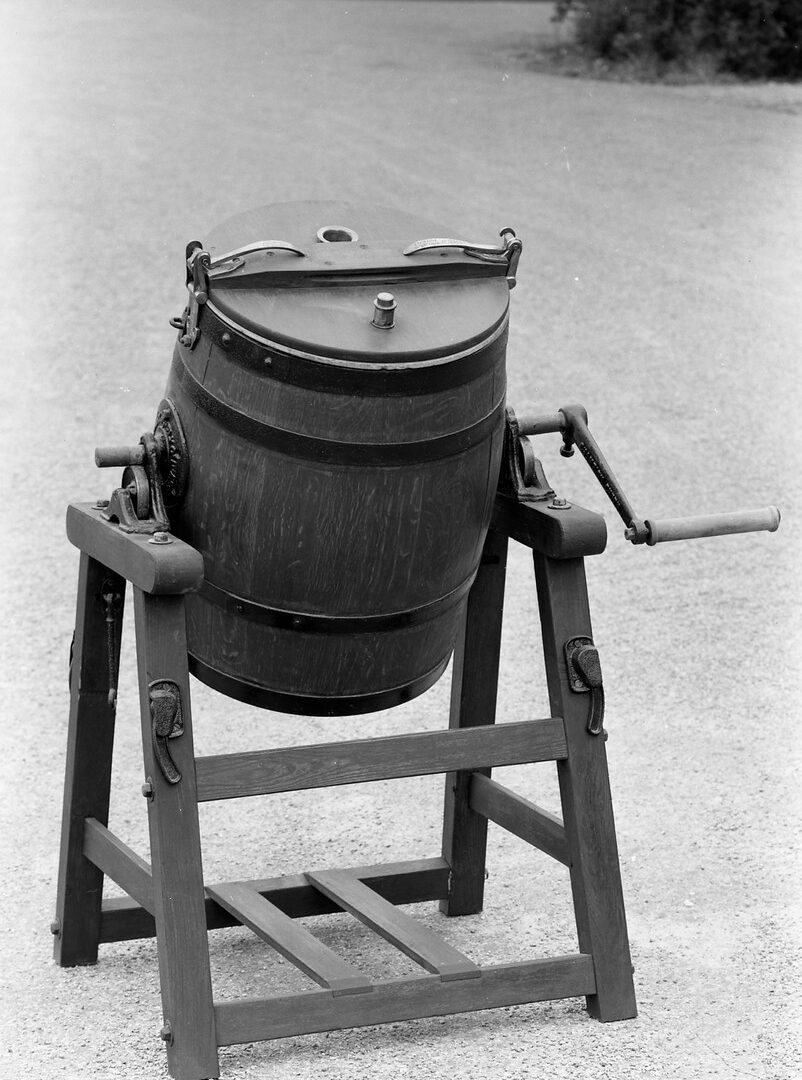
Did you know?
Next time you are churning butter, sing along to this verbal charm:
Come, butter, come!
Come, butter, come!
Peter stands at the gate,
Waiting for a buttered cake,
Come, butter, come!
Superstition #6: horse superstitions
Of all the creatures in the animal kingdom, rural people worried that horses were the most vulnerable to attack by supernatural forces. Perhaps it was because of how essential they were to countryside life and work, from transport to labour. People would often attribute a horse’s tendency to shy or refuse to move for no reason to a psychic awareness of the presence of evil, including haunted spots or places of bloodshed.
A horse suffering night sweats or exhaustion was considered the result of hag riding. It was an early and eerie precursor to contemporary joy riding, where witches would steal horses and ride them through the night. Hag riding is vividly depicted in the poem ‘The Hag’ by Robert Herrick, 1648, where a witch rides a horse alongside the Devil, using ‘thorn or burre’ as a spur. Throughout the night, Herrick’s portentous pair gallivant around the countryside, frightening animals, causing thunderstorms, and ruining the sleep of rural people everywhere!
The Hag is astride,
This night for to ride;
The Devill and shee together:
Through thick, and through thin,
Now out, and then in,
Though ne'r so foule be the weather.
A Thorn or a Burr
She takes for a Spurre:
With a lash of a Bramble she rides now,
Through Brakes and through Bryars,
O're Ditches, and Mires,
She followes the Spirit that guides now.
No Beast, for his food,
Dares now range the wood;
But husht in his laire he lies lurking:
While mischiefs, by these,
On Land and on Seas,
At noone of Night are working,
The storme will arise,
And trouble the skies;
This night, and more for the wonder,
The ghost from the Tomb
Affrighted shall come,
Cal'd out by the clap of the Thunder.
‘The Hag’, Robert Herrick (1591-1674)
Fortunately, the horrible hijinks of the riders could be warded off by the use of a hag stone; a glassy rock featuring a natural hole and believed to once have had significance to druids. Across the British Isles, hag stones were known by myriad fantastical names: as serpent’s eggs and snake eggs in England, as Glain Neidr in Wales, as adderstanes in southern Scotland, and as Gloine nan Druidh in the north (‘Druids’ glass’). However, as is so often the case, it is Germany that comes through with the best long noun: Hühnergötter (a ‘chicken god’).
In particular parts of England, it was believed that horses could be tamed or immobilised by people with special magical powers. In some regions of East Anglia, for instance, men particularly skilled in working with farm horses were considered to have secret ways of controlling them, rumoured to involve a mix of incantations and substances with smells that were variably attractive or repellent.

Did you know?
Horseshoes are one of the most popular symbols of good luck, often featured on greetings cards. Tradition suggests nailing a horseshoe above your door in a ‘U’ shape to catch good luck. Good luck!
Superstition #7: fairy superstitions
The Norfolk Fens is an area with rich traditional history, where the Fen folk led relatively isolated lives. Some Fenland housewives would blame unexplained and unexpected events on the work of fairies. They perceived that an aggravated fairy could prevent milk from churning into butter or sour the meat in the brine tub.
When making bread, the Fen folk considered it wise to leave a door open, allowing a fairy to come in and watch the dough rise. However, they must reward the kindly creature by placing food by the pan. Because sure, the fairies will help, but it’ll cost you.
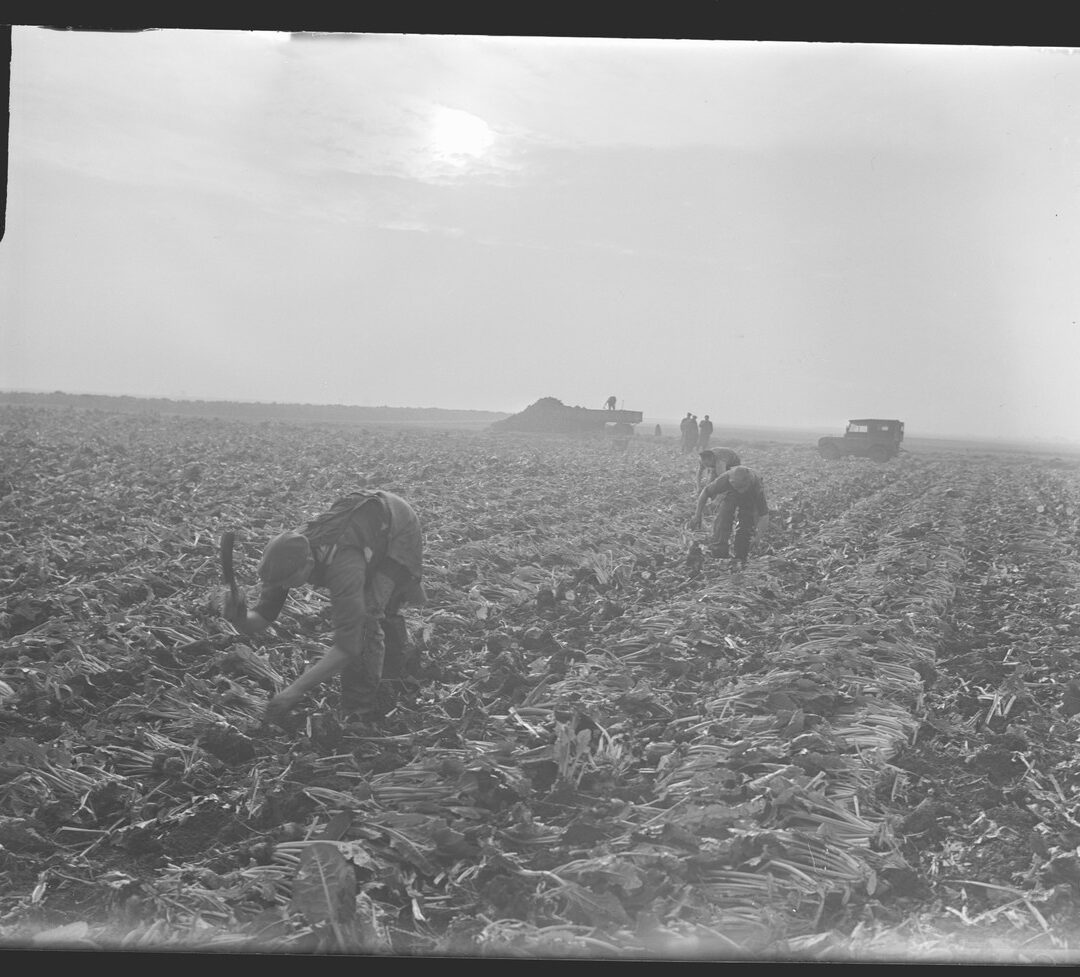
Did you know?
Wearing green is sometimes considered bad luck, and that’s because of fairies, who especially like wearing green and resent anyone stealing their thunder!
Superstition #8: corn dolly superstitions
Corn dollies are loosely based on traditional figures made of straw. They have been known by many different names, including corn babies, corn maidens, or baby kern. The names and treatment of the dollies varied from place to place, but they would normally be made from the final batch of corn harvested in the year.
To ensure the safety of livestock and a bountiful harvest for the year to come, a corn dolly might be buried in a field or pinned up in a barn. Ones that were especially elaborate may form part of harvest festival parades and end up as centrepieces in local churches.
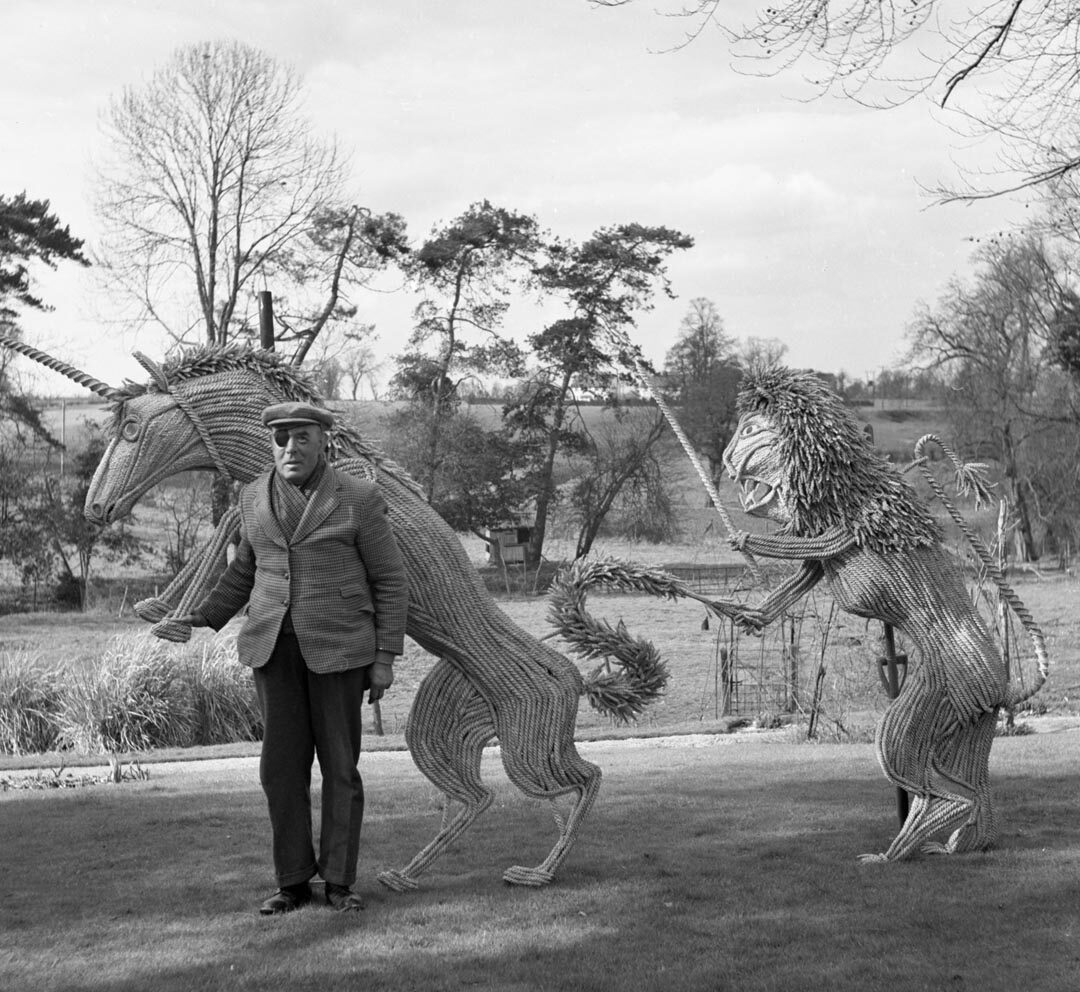
Did you know?
The two corn dollies in this photograph were made by the extraordinary craftsman Fred Mizen for the Festival of Britain in 1951, where they were seen by over 8.5 million visitors. The animals were later purchased by Selfridges for their shop window, but were sadly left in the basement where they were eaten by mice. They feature as part of our 70th anniversary exhibition, 51 Voices.
Superstition #9: eels
There is nothing quite so mysterious as an eel. Historically, many believed that they were formed from horsehair thrown into running streams. Many folklorists have tested this theory. Results are yet to be conclusive.
Eels were a popular ingredient in folk medicine, and it was commonly believed that eel oil (try saying that ten times in a row) could cure deafness. A more generally reported medicinal use was to wear their skins as stylish garters, to prevent cramps or cure rheumatism.
Many communities distrusted eels and refused to eat them.
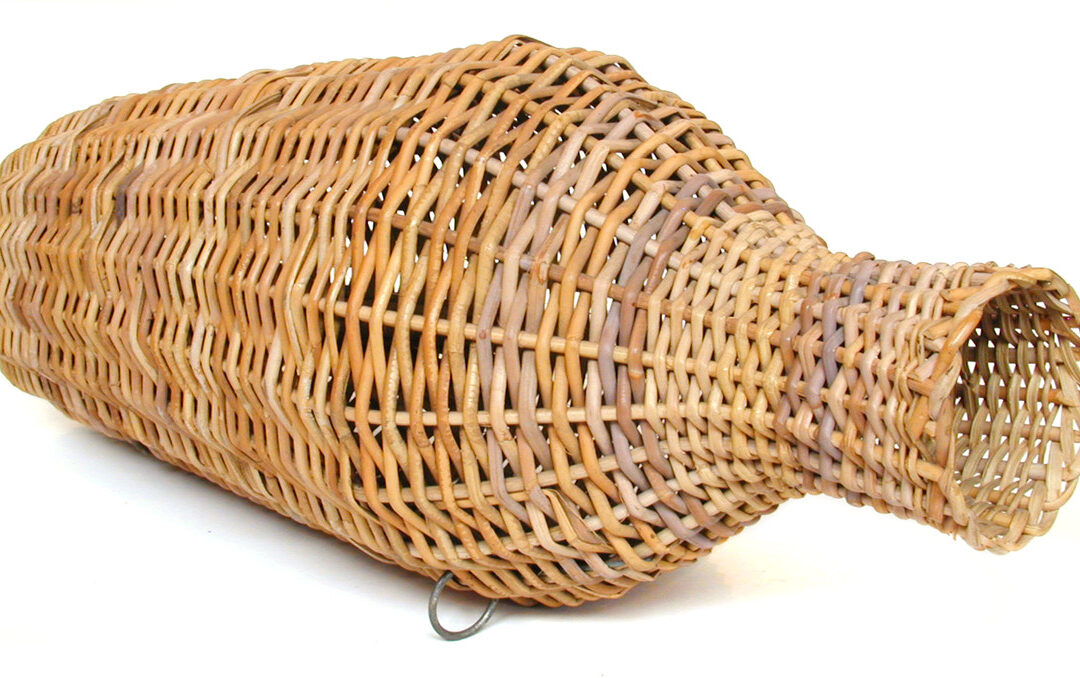
Did you know?
Many believed eels would wind themselves into knots and could only be released by the sound of thunder. Others thought thunder killed eels, as witnessed in Shakespeare’s ‘Pericles’ (1608).
Superstition #10: bees
In Medieval, Elizabethan and Stuart times, bees were regarded as mysterious, intelligent and holy; a particularly wild trinity. Their wax was used in church candles; their honey was a biblical image of bounty; and poets praised the hive as a model society.
Even today, beekeepers adhere to strict behaviours when caring for their bees. Bees must never be bought with ordinary money, only gold coin, although acquisition by gift, loan, or bartering is permissible. If there are any changes in the family of the beekeeper, such as deaths, weddings or births, then the bees must know. In the case of weddings and funerals, some food from the event should be provided for the hive. Listen out for the bees humming to show their approval.
Finally, and if you take anything from this blog let it be this: you must always speak in low and calm tones around bees. They take great offence to shouting and swearing. Don’t we all? And they have been known to vacate a hive (or, even, more dramatically, literally die) if their keeper fails to abide these rules.
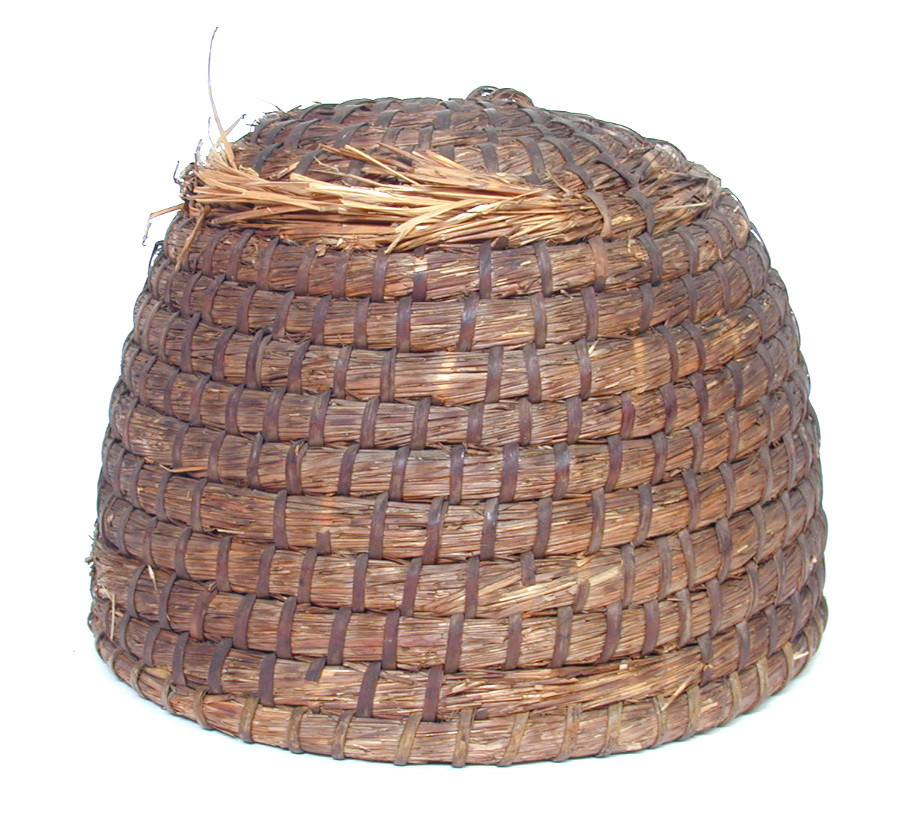
Did you know?
If a bee flies into your home, it foretells the visit of a stranger. The length of time it stays in the room denotes the length of your visitor’s stay. It can also be a sign to expect good fortunes.
Are you sufficiently spooked?
Thank you for joining us on this journey through our weird, wonderful and often extremely specific collections. Take a look at our other blog content, or alternatively head on over to our visitor information page and plan your visit to the museum in person.
Sources
Bacon, Francis (1670) Sylva sylvarum; or, A natural history, in ten centuries. Whereunto is newly added the History natural and experimental of life and death, or of the prolongation of life (William Rawley : London)
Addy, S.O. (1973) Folk Tales and Superstitions (Rowman & Littlefield : Unknown)
Roud, S. (2003) The Penguin Guide to the Superstitions of Britain and Ireland (Penguin : London)
Canon E. P. Eddrup, ‘Notes on some Wiltshire Superstitions’, in Wiltshire Archaeological and Natural History Magazine, vol. 22 (1885), pp. 330–334
Gifford, G. (1842) A Dialogue Concerning Witches and Witchcrafts (Percy Society : London)
Simpson, J. & Roud, S. (2000) A Dictionary of English Folklore (Oxford University Press : Oxford)
Glanvill, Joseph (1700), Saducismus Triumphatus: or, Full and Plain Evidence Concerning Witches and Apparitions, 3rd edition (A. L. : London)
Topsell, E. (1658) The History of Four-footed Beasts (Sawbridge : London)
Leach, Maria (1972), ‘Flint’ in Funk & Wagnalls’ Standard Dictionary of Folklore, Mythology, and Legend. 3rd ed. (Funk and Wagnalls : New York)
‘Dorset Hagstone 1884.56.3‘, from Pitt Rivers collection
Evans, G.E. (1979), Horse Power and Magic (Faber & Faber : London)
Porter, E. (1974), The Folklore of East Anglia (Harper Collins)
Harrison, W. (1577), A Description of England
Porter, E. (1974), The Folklore of East Anglia (Harper Collins)
Braime, J. (2019) ‘The Strange World of Bee Etiquette’ in Ernest Journal
Continue exploring The MERL




One thought on “Superstitious in the countryside: ten British farming superstitions”